The 2021 Kawasaki Z H2: Supercharged Hypernaked
Contents
The world of Hypernaked motorcycles has typically belonged to just a select small group of manufacturers. The Japanese-made, Kawasaki Z H2 is a sniper shot at that group. Honestly, it’s dead on the mark.
Since blowing the collective minds of the two-wheeled universe with Kawasaki’s introduction of their 998cc, liquid-cooled, supercharged, 4-stroke DOHC 16-valve in-line four engine, it has slowly been deployed across the 2021 Kawasaki lineup. Configured in Hypernaked form, it churns out 200 hp at 10,500 rpm and 101 lb.-ft. of torque at 8,500 rpm. Yes…yes this is bonkers level power, and that makes it just right.
The Z H2 runs its own unique geometry of trellis frame, then wrapped in a unique asymmetrical sugomi design. Naturally, Kawasaki has fitted the Z H2 with every electronic rider aid they can deliver from its latest version IMU (Inertial Measurement Unit), all easily accessed through the TFT display.
Colors for 2021 — Metallic Diablo Black / Metallic Flat Spark Black
The 2021 Kawasaki Z H2 starts at $17,500 USD / $19,699 CAD.
On this page: we’ve curated specs, features, news, photos/videos, etc. so you can read up on the new 2021 Kawasaki Z H2 in one place.
Model Overview
General Info
- Price: $17,500 USD / $19,699 CAD
- Key Features:
-
- High-Performance Showa Suspension Components
- Brembo® Monobloc Brake Calipers
- Electronic Cruise Control
- Integrated Riding Modes
- Smartphone Connectivity via RIDEOLOGY THE APP
Main Specs
- Engine: 4-stroke, In-Line Four, DOHC, 16-valve, liquid-cooled
- Power: 104.5kW (200hp)@10,500 RPM
- Torque: 101 lb-ft (111 NM) @ 8,500 RPM
- Wet Weight: 239 kg (527 lb)
- Seat Height: 830 mm (32.7 in)
Competitors
2021 Kawasaki Z H2 Specifications
ENGINE |
||
| Engine | 998cc, 4-stroke, 4-cylinder, DOHC, 4-valve, liquid-cooled, supercharged | |
| Power | 200 hp | |
| Bore x Stroke | 76.0 x 55.0mm | |
| Compression Ratio |
11.2:1
|
|
| Fuel System | DFI, 40mm Throttle Bodies | |
| Starter | Electric | |
| Lubrication | ||
DRIVETRAIN |
||
| Clutch | ||
| Transmission | 6-speed dog-ring, return shift | |
| Final Drive | Sealed chain | |
CHASSIS |
||
| Suspension Front | Showa SFF-BP Fork with Adjustable Compression and Rebound Damping, Spring Preload Adjustability | |
| Suspension Rear | Uni-Trak®, Showa Gas-Charged Shock with Adjustable Compression and Rebound Damping, Preload Adjustability | |
| Brakes Front | Dual 320mm Disc w/Radial-mount Brembo M4.32 Calipers, KIBS | |
| Brakes Rear |
Single 250mm disc with single-piston caliper, KIBS
|
|
| Tires Front | 120/70-17 | |
| Tires Rear | 190/55-17 | |
| Fuel Tank Capacity | 5.0 gal | |
| Color |
Metallic Diablo Black/Metallic Flat Spark Black
|
|
ELECTRICAL |
||
| Ignition | TCBI w/ Digital Advance | |
| Spark Plugs | ||
| Headlight | LED | |
| Tail Light | LED | |
DIMENSIONS |
||
| Overall Length | 82.1 in | |
| Overall Width | 31.9 in | |
| Overall Height | 44.5 in | |
| Wheelbase | 57.3 in | |
| Ground Clearance | 5.5 in | |
| Seat Height | 32.7 in | |
| Curb Weight | 527.0 lb | |
WARRANTY |
||
| Warranty | 12 Month Limited Warranty | |
| Kawasaki Protection Plus | 12 / 24 / 36 / 48 months | |
2021 Kawasaki Z H2 Features
Assist & Slipper Clutch
Under normal operation, the assist cam functions as a self-servo mechanism, pulling the clutch hub and operating plate together to compress the clutch plates. This allows the total clutch spring load to be reduced, resulting in a lighter clutch lever feel when operating the clutch.
When excessive engine braking occurs – as a result of quick downshifts (or an accidental downshift) – the slipper cam comes into play, forcing the clutch hub and operating plate apart. This relieves pressure on the clutch plates to reduce back-torque and helps prevent the rear tire from hopping and skidding. This race-style function is particularly useful when sport or track riding.
Electronic Cruise Control
Electronic Throttle Valves
Electronic throttle valves also enable more precise control of electronic engine management systems like S-KTRC and KTRC, and allow the implementation of electronic systems like KLCM, Kawasaki Engine Brake Control, and Electronic Cruise Control.
KLCM (Kawasaki Launch Control Mode)
KCMF (Kawasaki Cornering Management Function)
• S-KTRC/KTRC (including traction management and wheel lift management)
• KLCM (including traction management and wheel lift management)
– Designed to optimize acceleration from a stop
• KIBS (including pitching management and corner braking management)
• Kawasaki Engine Brake Control
KTRC (Kawasaki Traction Control)
Less intrusive modes maintain optimum traction during cornering. Designed with sport riding in mind, they facilitate acceleration out of corners by maximizing forward drive from the rear wheel. And because Kawasaki’s sophisticated software bases its dynamic analysis on the chassis’ orientation relative to the track surface (rather than relative to a horizontal plane), it is able to take into account corner camber, gradient, etc., and adapt accordingly.
In the more intrusive modes (and for some models, in any mode), when excessive wheel spin is detected, engine output is reduced to allow grip to be regained, effectively enabling riders to negotiate both short, slippery patches (train tracks or manhole covers) and extended stretches of bad roads (wet pavement, cobblestone, gravel) with confidence.
Models equipped with IMU incorporate chassis-orientation feedback to offer even more precise management.
POWER MODES
Smartphone Connectivity
ABS (Anti-lock Brake System)
2021 Kawasaki Z H2 Photos
2021 Kawasaki Z H2 Videos
Links
Kawasaki Official Websites

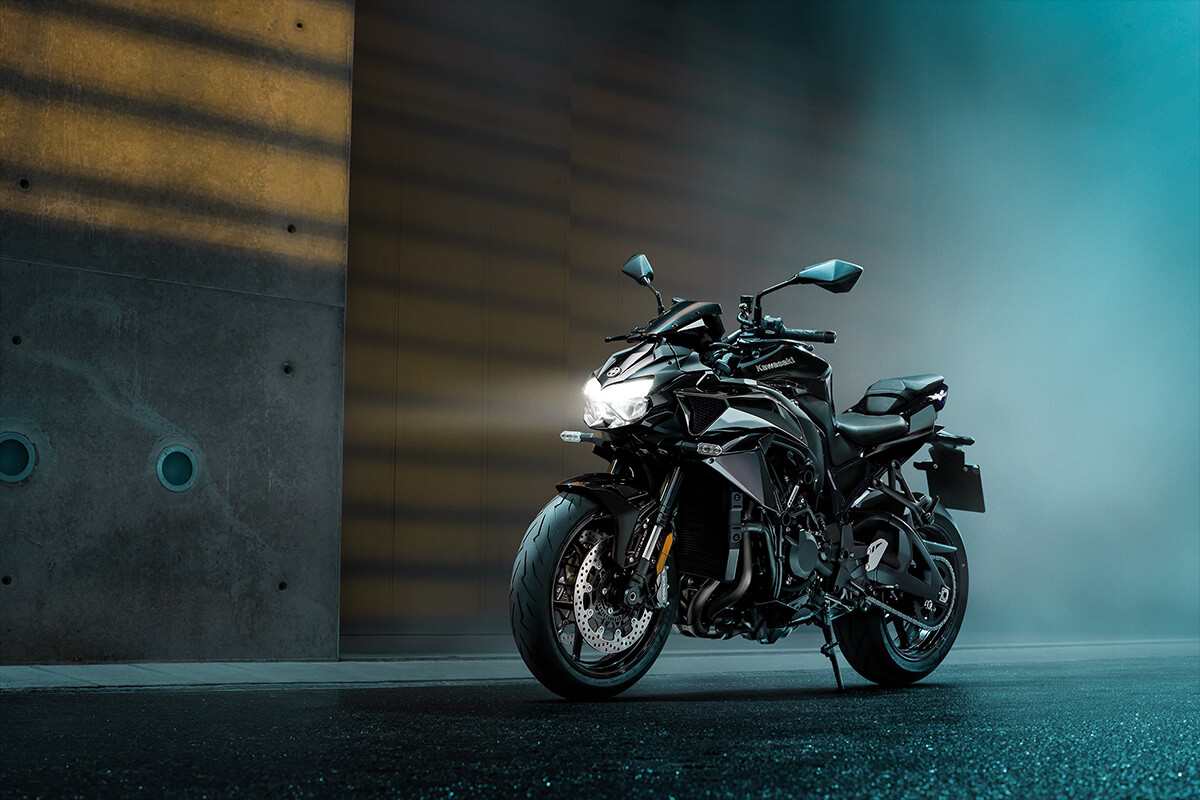
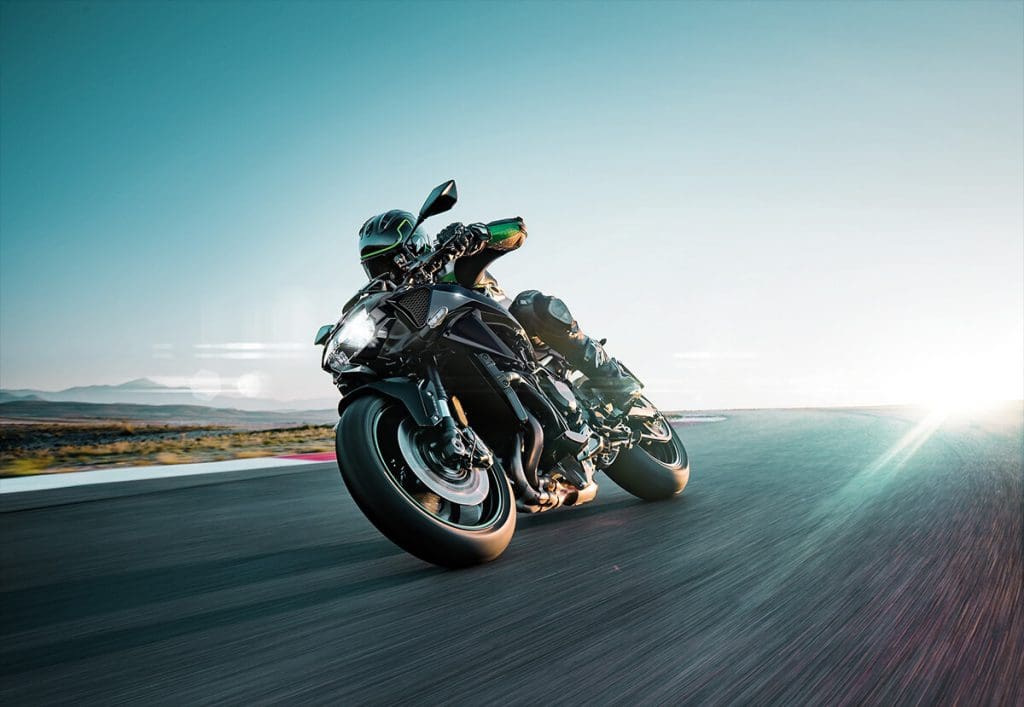
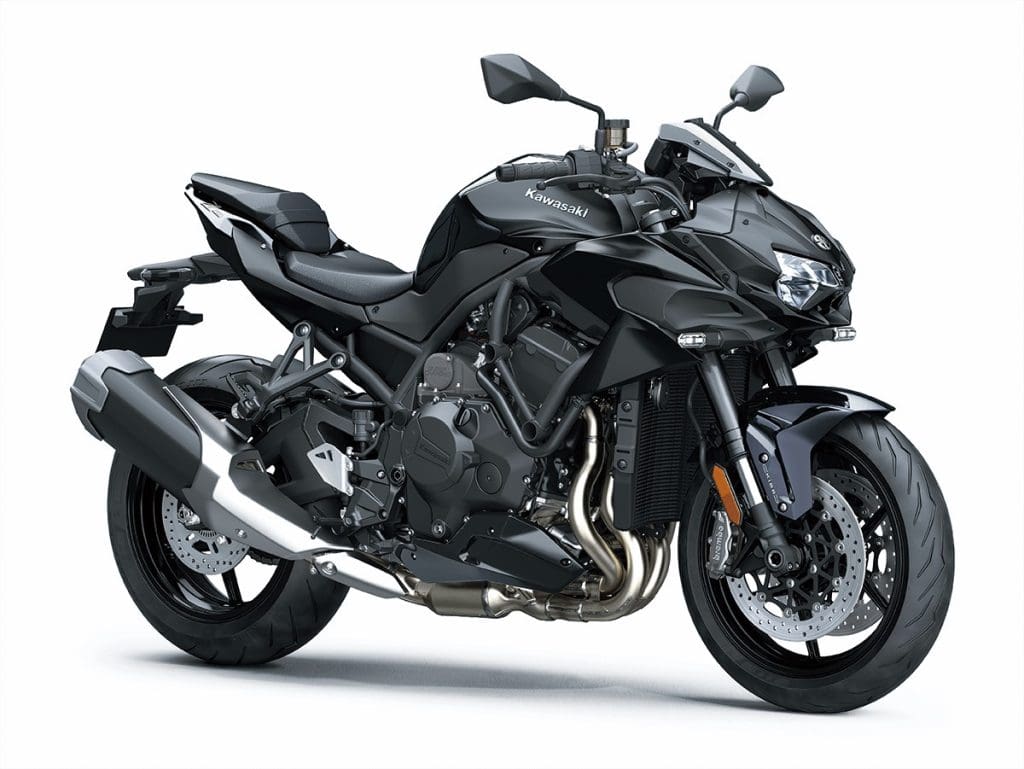
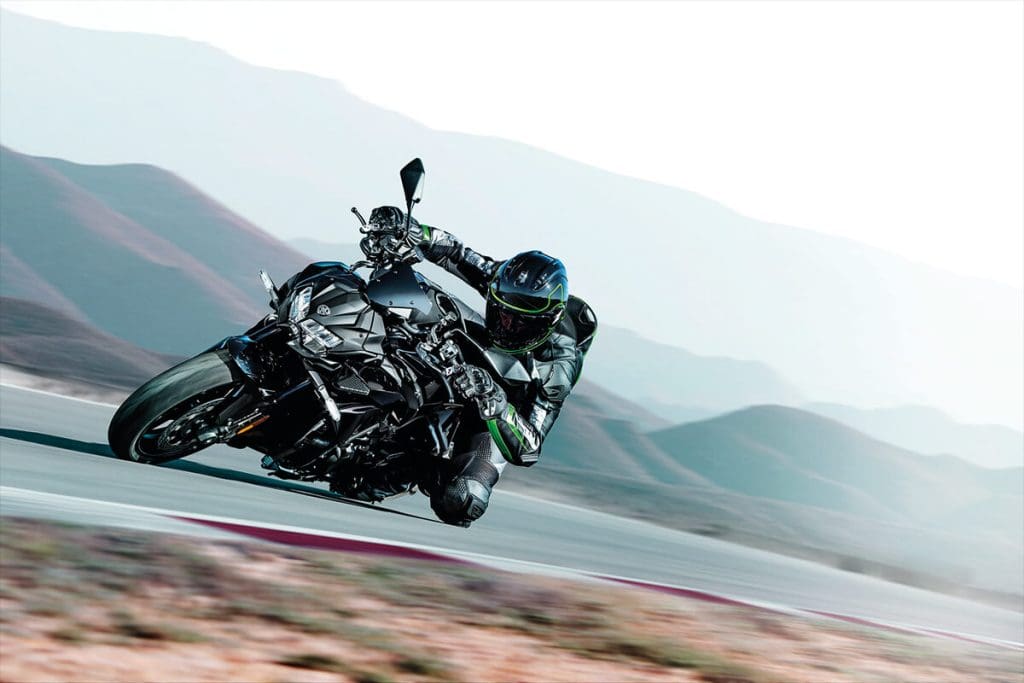
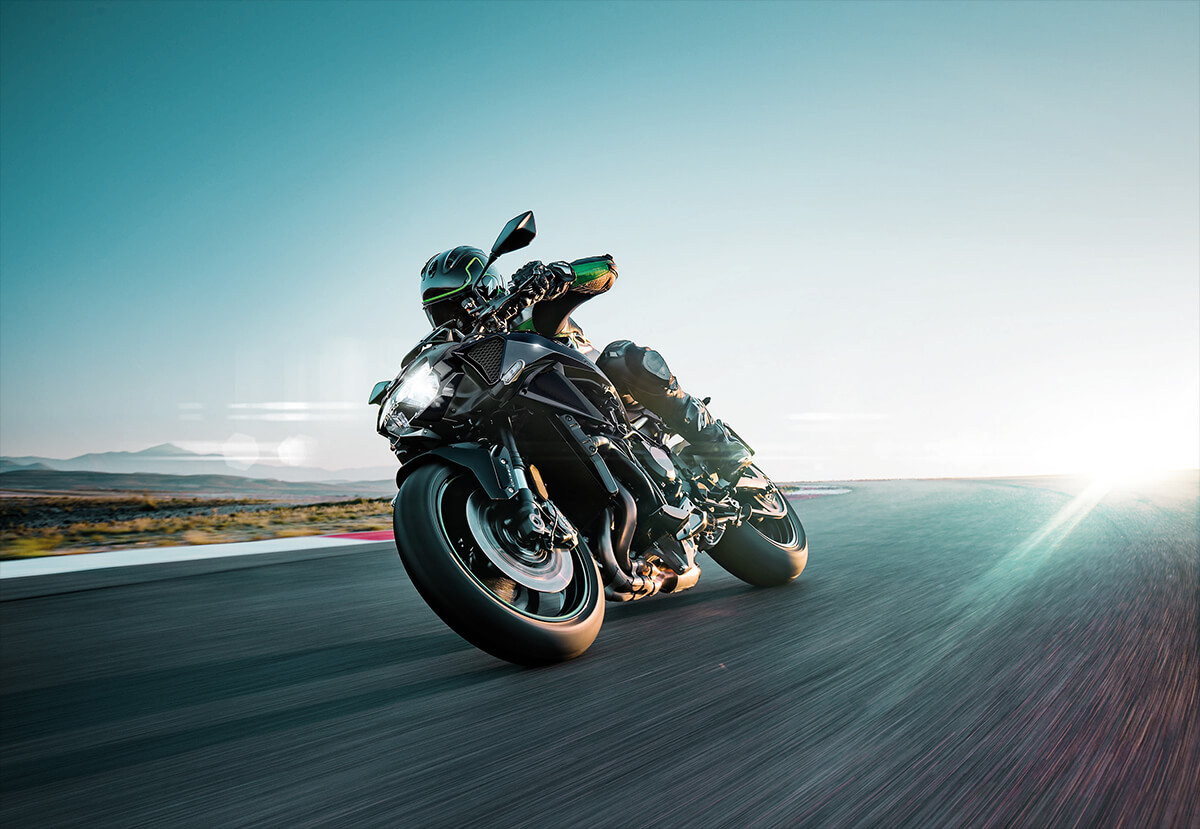
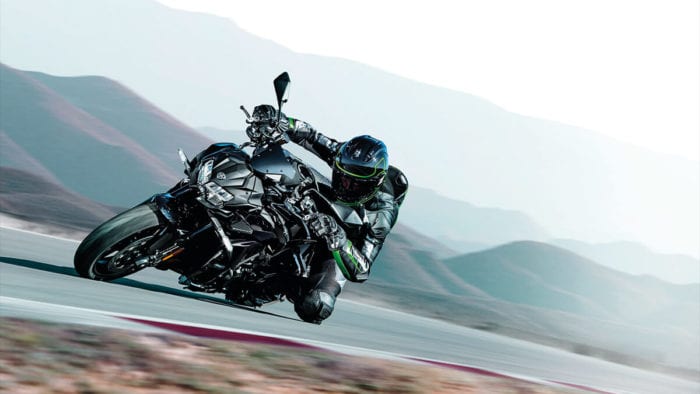
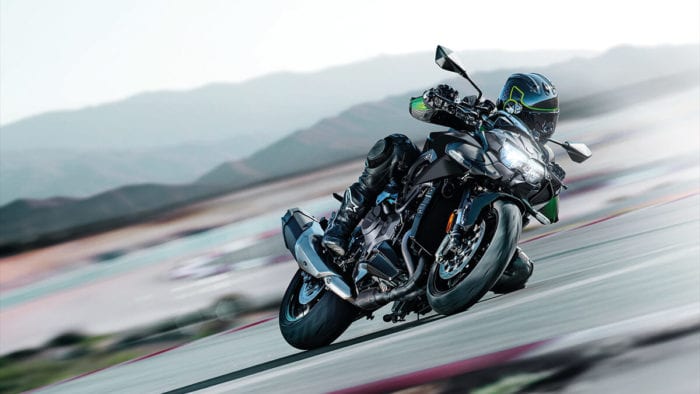
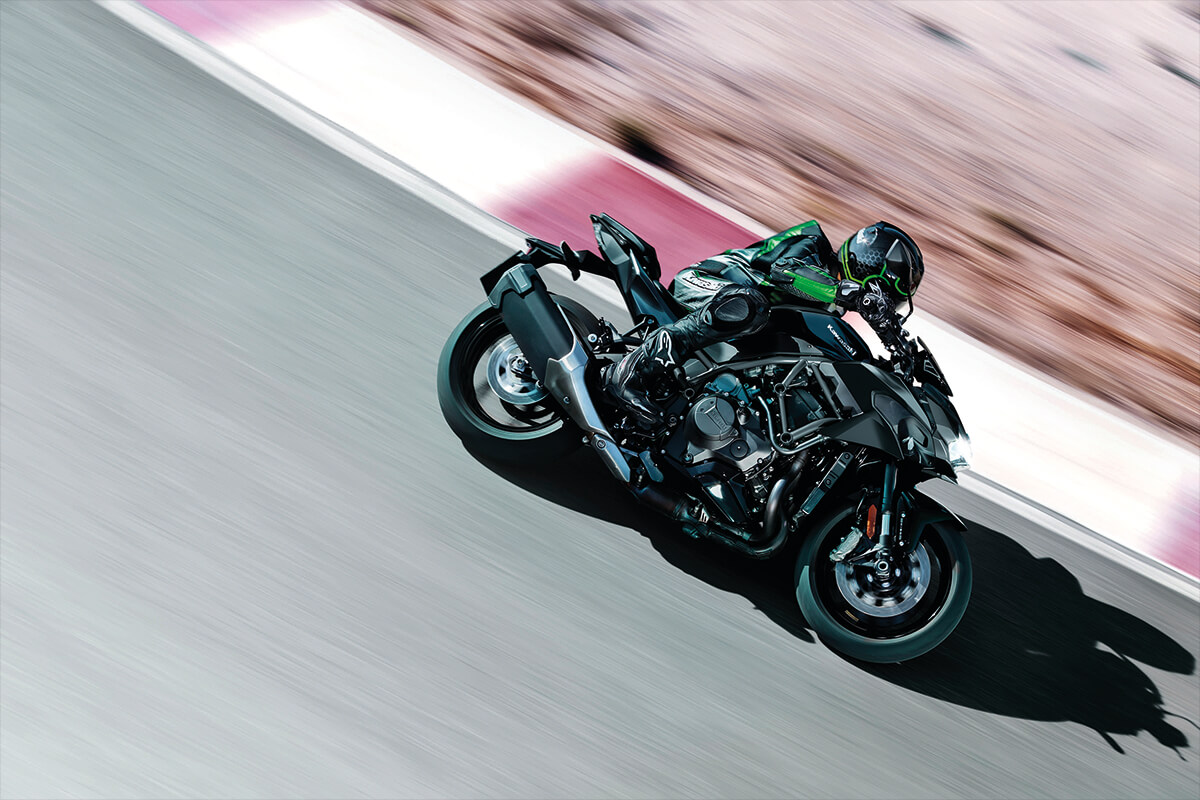
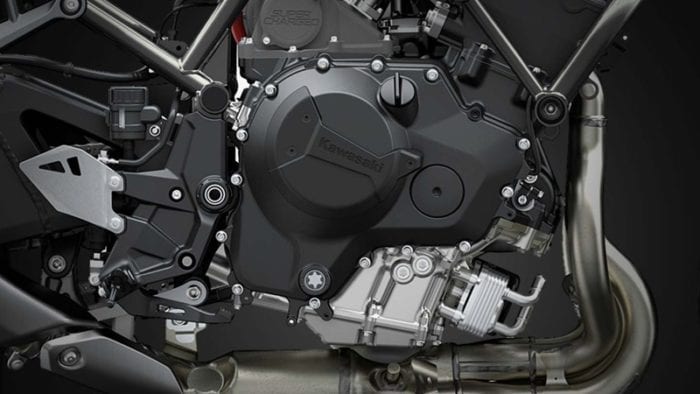
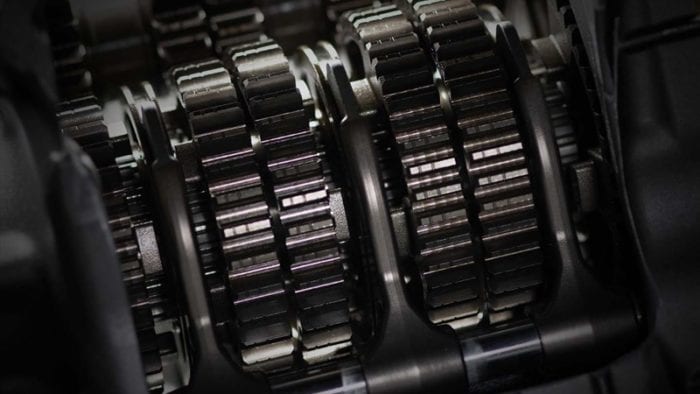


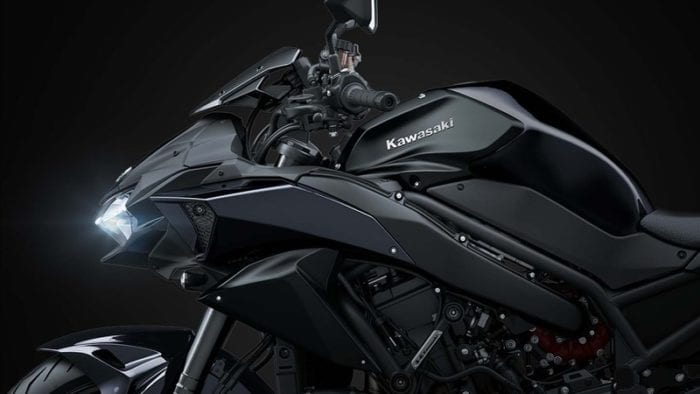
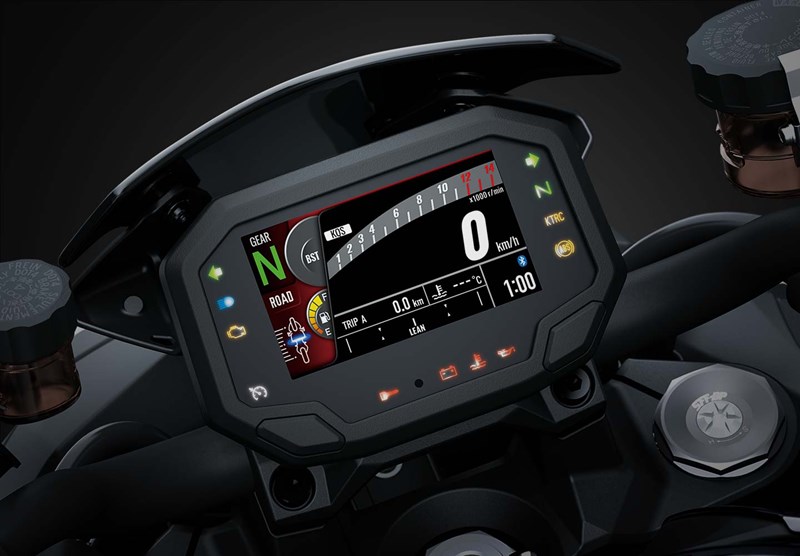
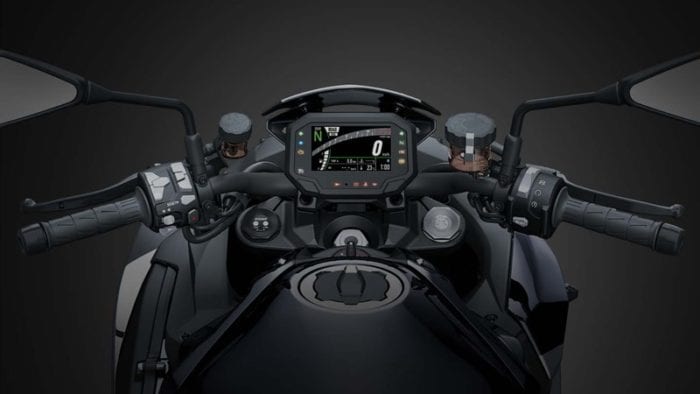

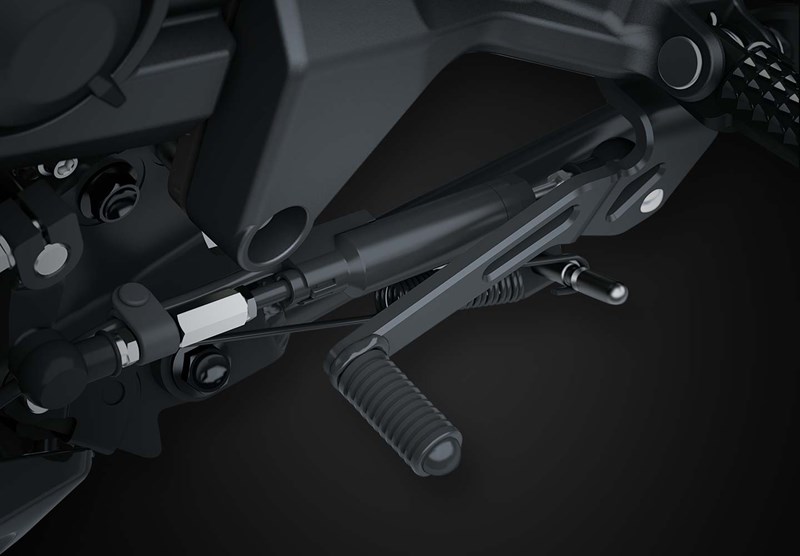

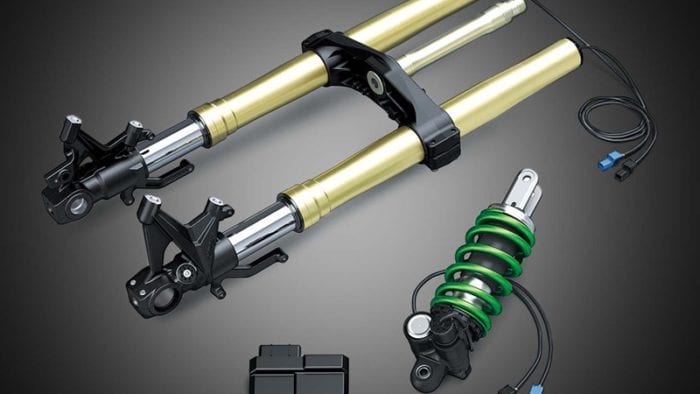
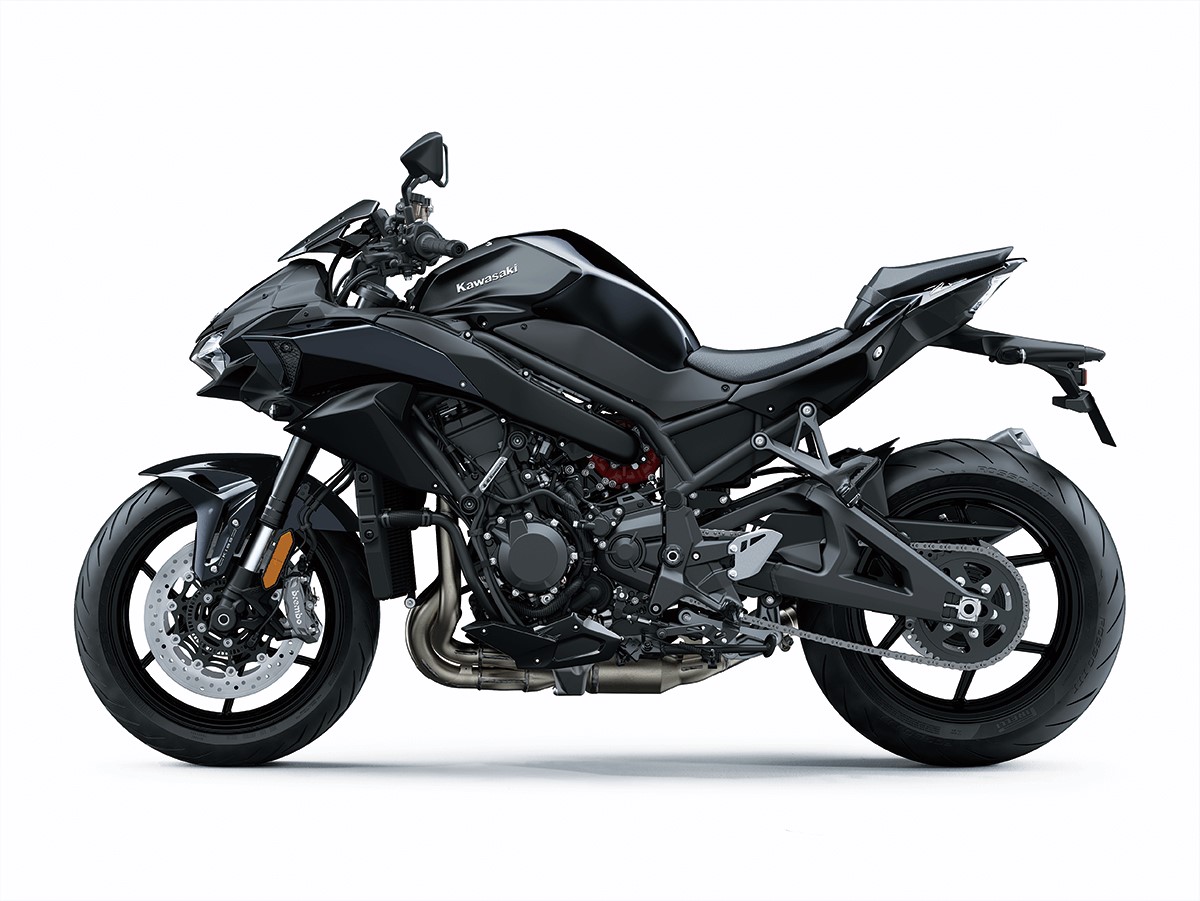
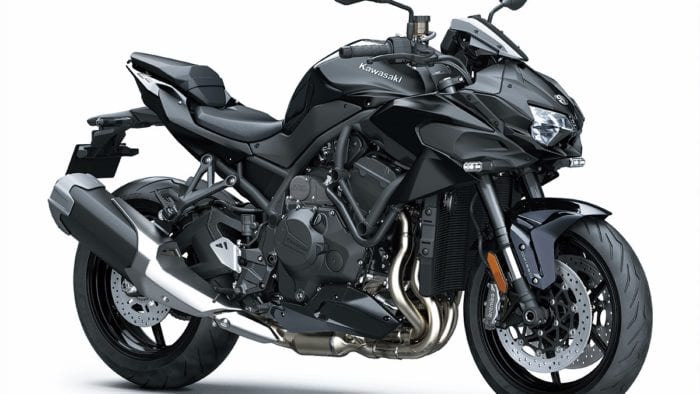
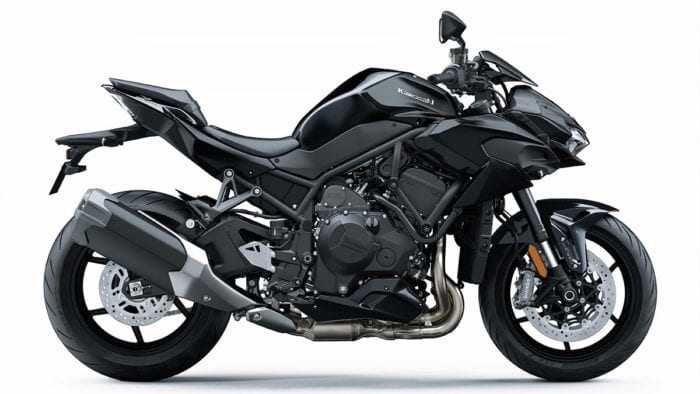

No Comment